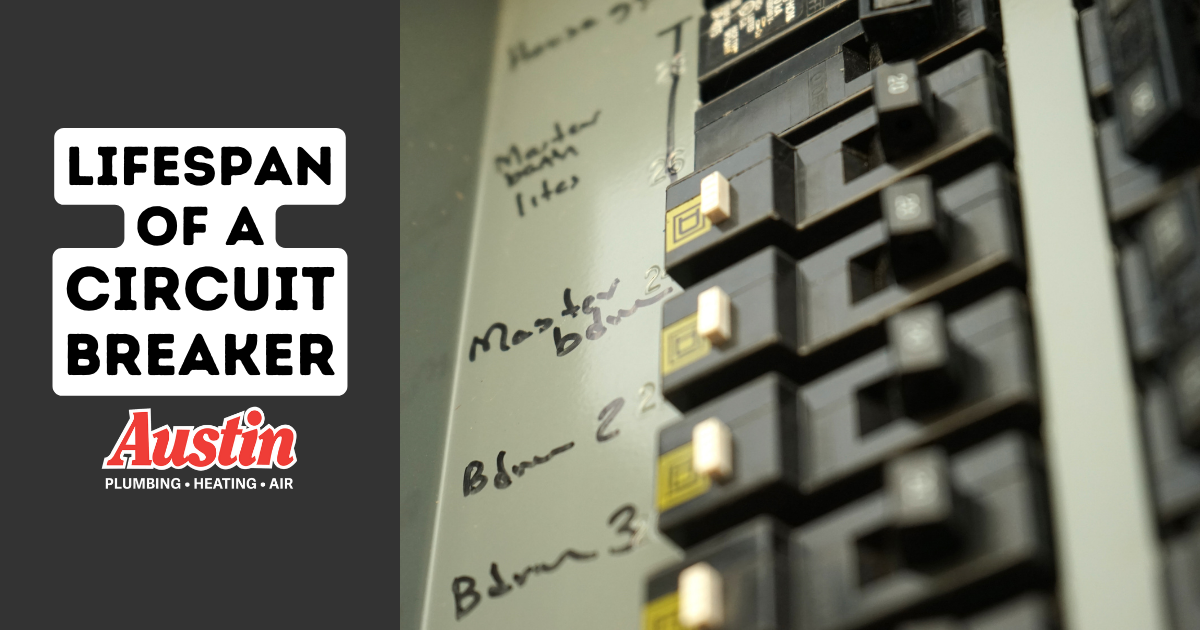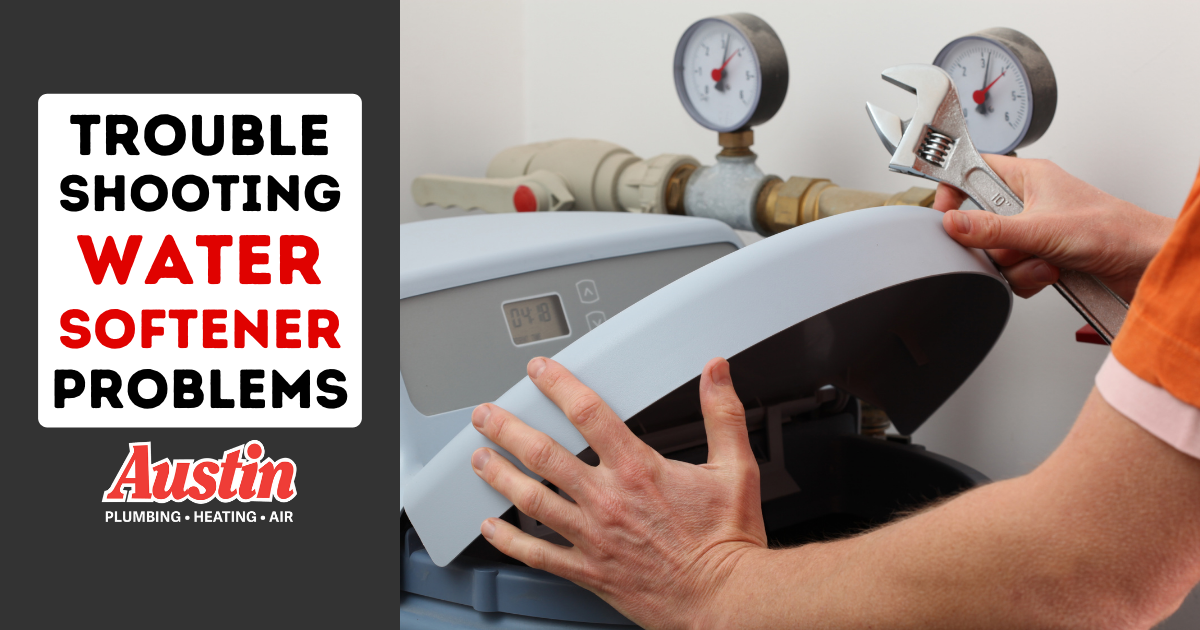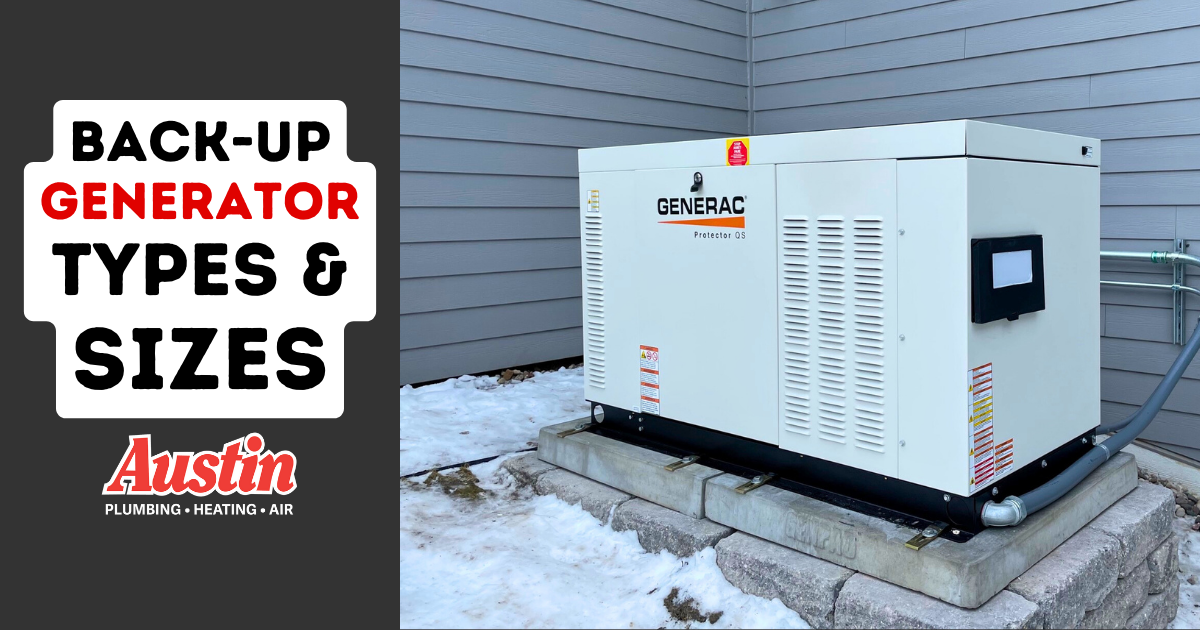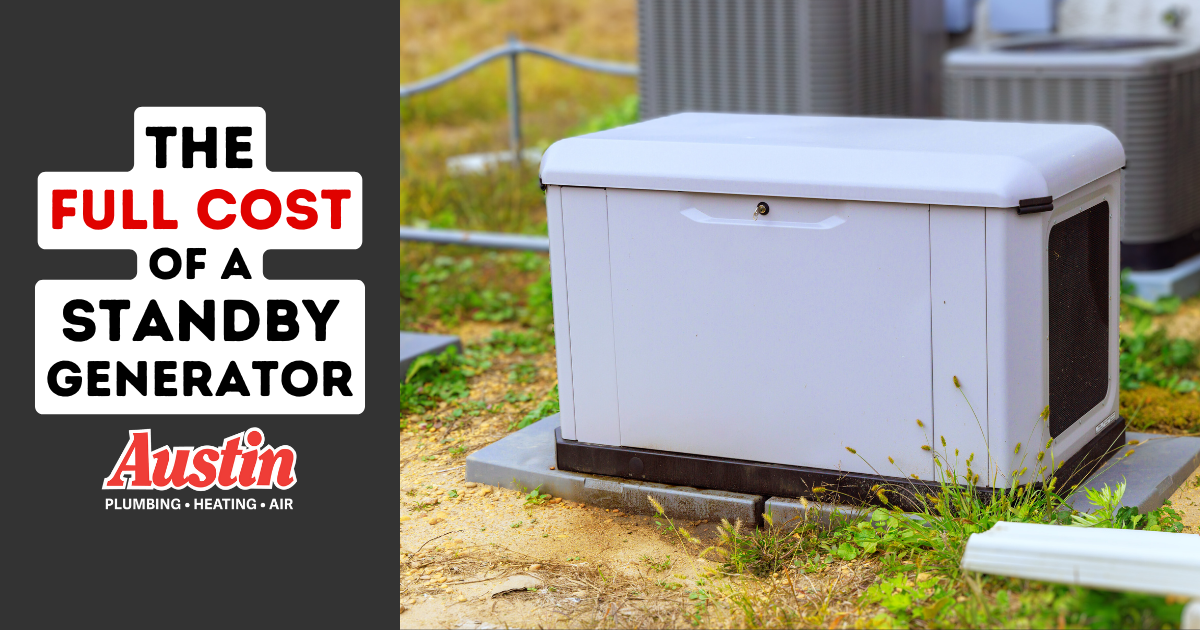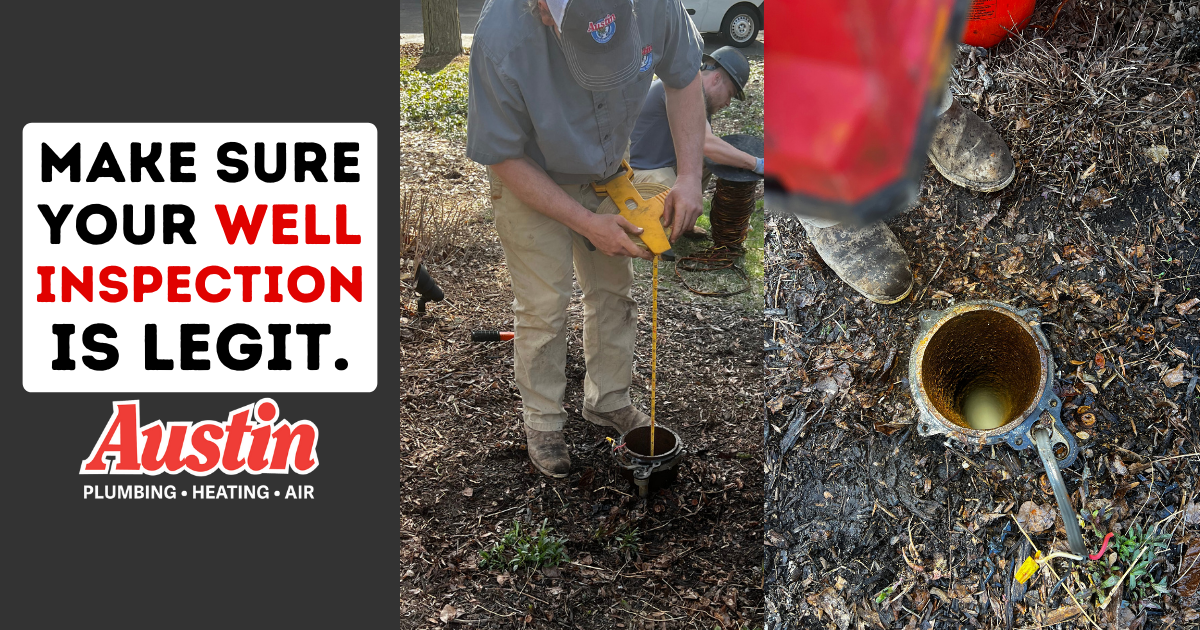Furnace Maintenance: Is It Worth It?
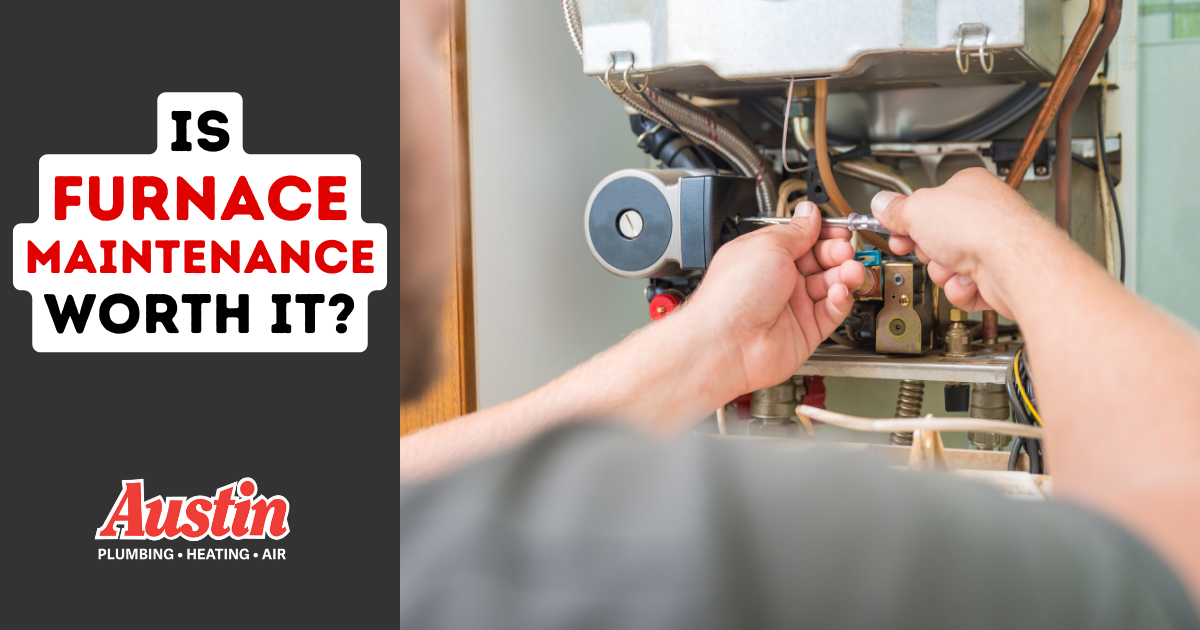
Are you wondering if having your furnace tuned up is worth the effort or cost? We answer the tough questions about furnace maintenance in this guide.
In this article, our Master Tradesman dusts off the popular topic surrounding a very common question regarding furnace maintenance services. Most clients wonder if it is worth the money and what actually takes place during a furnace maintenance service.
If you don’t hire the right company, it’s not worth it.
There, I said it. But it’s the truth. Lots of contractors have lost sight of how to perform actual heating system maintenance and because of that, most furnace tune ups offered fall into one of two categories.
Drive by, cheap tune-ups
To properly perform a furnace tune up on a modern forced air furnace, it takes 1.5 – 2 hours. This is based on current HVAC service rates, meaning this service should cost between $250 and $350. It’s pretty typical in the HVAC industry to discount this service for many reasons, which is why most reputable heating contractors charge somewhere between $175-$250 for furnace maintenance. If you’re purchasing a furnace tune up for $39, $59, or even $149, be leary because at those prices, a contractor can’t spend enough time to actually do proper furnace maintenance.
Hunting for sales opportunities
To make up for money left on the table for cheap tune-ups, many contractors use furnace maintenance visits as an opportunity to to upsell customers and find things to scare homeowners into buying new furnace equipment.
How can you tell you’re getting proper furnace maintenance?
For the remainder of this article, we’re going to assume you made the right decision and hired Austin Plumbing, Heating & Air to perform a tune up on your furnace this season. Here are some ways you’ll know that not only do you have an HVAC guru working on your heating system, but that the service he is providing is actually benefiting you.
- The process and results are documented- When a company has a specific and documented furnace maintenance protocol, this ensures that you’re getting a thorough job. The process should be well over 50 steps and should include cleaning, testing, and recalibrating components in the furnace.
- The tech will show you any concerns- It doesn’t happen a lot, but there are times that during a furnace tune up we find areas of concern or for potential problems in the future. At Austin, we believe in keeping our clients involved. So if we find anything that is cause for concern, we bring you down to the furnace and go over exactly what we found.
- It should take a while- Our furnace tune ups take 1.5-2 hours to complete.
Alright, now that we have discussed that a furnace tune up or any maintenance service performed on your heating system is only worth it if it’s being done right, let’s dive into what you and your furnace get in return.
How does having furnace maintenance benefit you?
Reduces breakdowns
A significant number of no heat calls or furnace breakdown service calls we run at Austin Plumbing, Heating & Air wouldn’t have happened if the furnace had been properly maintained. A good, thorough tune up prevents these maintenance related breakdowns by cleaning the components of the furnace that get dirty as a result of the furnace doing its job. Here are some examples of parts that are prone to failure if not cleaned annually.
- Flame sensors
- Filters
- Condensate trap
- Internal and external drains
- Burners
- Other components that fail during normal operations
Increased efficiency
A properly tuned up furnace uses less energy which in turn makes it more efficient. There are a few ways furnace maintenance increases the furnace efficiency. The first way is through the cleaning phase and the second way is through adjustments that are made to the furnace through the tune up process. As a furnace operates, it becomes out of tune. So when you have Austin out to perform furnace maintenance, we reoptimize your furnace by adjusting gas pressure and air flow to make sure you’re getting the most comfort with the most efficiency as well.
A longer lasting furnace
Preventative maintenance is a real game changer when it comes to extending your furnaces’ useful life. Take for example a small internal leak in your furnace. If let go too long, that small leak turns into a big leak and causes other major problems in the system. During our furnace maintenance process, we are able to find the little problems and nip them in the bud before they turn into large issues. In the end, we prevent the larger issues that force the early decision to have to replace the furnace.
Peace of mind
You can’t put a dollar value on the peace of mind having a properly maintained furnace can provide! There is a lot of danger contained inside a forced air furnace. We’re talking gas, exhaust, and electricity. Ensuring the system is operating safely and reliably is a major benefit to our clients who have us out to perform heating system maintenance annually.
What do we do during the furnace maintenance visit?
We have covered how the furnace maintenance process benefits you and the heating system. Now let’s shoot straight about what we actually do. We discuss our tune process and what is included more in depth on our heating maintenance page, but in a nutshell, the heating system maintenance we offer covers these main services.
- Cleaning the furnace
- Testing, inspection and documentation of the major components of the furnace and heating system
- Comfort & efficiency optimization
Does your furnace need maintenance every year?
“You can keep a new furnace new by performing maintenance annually, but you can never bring it back to factory fresh conditions if you neglect it”.
Yes, your furnace needs maintenance every year. The mere act of doing its job causes the need to have your furnace tuned up and maintained annually. If you skip a year or two here or there, there won’t likely be major consequences. But go several years in a row without proper maintenance and you won’t be able to get that system back to the condition it was before you let it go.
When is the best time of year to have furnace maintenance?
Frequency trumps time of year when it comes to maintenance on your HVAC system. Many homeowners in Wisconsin want to have their furnace tuned up in the fall before the cold temps come around the corner in the winter. There is nothing wrong with doing preseason furnace maintenance, but it certainly doesn’t have to be completed within that time frame. Austin performs furnace maintenance all year long (we have to in order to keep up with the demand for our heating services)! We have found that the most important thing is that the tune up be performed well, completed by a properly qualified and trained HVAC technician and that it be done around the same time each year.
Avoid booking furnace maintenance right before you leave for the winter
At Austin, we have many clients who head south for the winter and for those who do, we recommend having the system tuned up at the end of the season or early in the season. This is because any time a system is worked on, there is a small chance of irritating an existing condition enough that it surfaces shortly after the tune up. This is rare, but Murphy’s law says if a furnace is going to break down right after maintenance, that will happen to a client who left for Florida for three months. If you can avoid making changes to the system right before you leave, that is the safest way to ensure reliable operation while you are gone.
What is the best option for HVAC maintenance?
If you live in Wisconsin and are in the Austin Plumbing, Heating & Air service area, treat yourself and your furnace to the premier furnace maintenance programs that we offer. We provide heating service as a call-by-call service and we have maintenance club memberships so you don’t have to worry about calling every fall.
How much does heating system maintenance cost?
When it comes to the cost of furnace maintenance, you get what you pay for
Most reputable heating contractors that offer tune ups and other forms of maintenance services that actually are worth it charge between $150 and $200 for annual heating system maintenance on a forced air, natural gas system. If you heat your home with an oil furnace (which we don’t service) or a high efficiency gas boiler (which we service a ton of) you can expect to spend a bit more as those machines require a more in depth, higher annual maintenance procedure. We offer a comprehensive maintenance club program where we provide the annual maintenance for both your furnace and air conditioner for only $20 per month or $240 per year! Learn more about our maintenance club.
Call Austin Plumbing, Heating & Air to book this year’s furnace maintenance service
At Team Austin, we are standing by to help you with any heating related service you require this heating season. To book a tune up, visit our online booking page or call our office at 262-367-3808.

